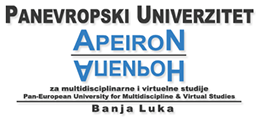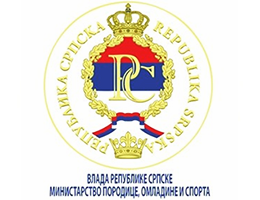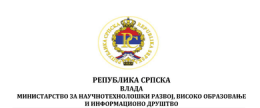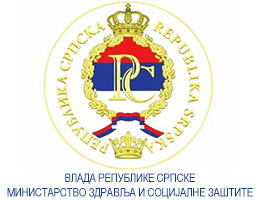Teachers as Protagonists of Inclusive Physical Education
Volume 2, Issue 1 (2012)
Volume 2, Issue 1 (2012)
Teachers as Protagonists of Inclusive Physical Education
Abstract:
The Low on the fundamentals of the education system (2009), being umbrella low on education in Serbia, supports inclusion as societal process in a systemic way. In new circumstances, teachers and PE teachers as protagonists of inclusive physical education, are facing numerous challenges. Within broader research on inclusive physical education, a survey on sample of teachers (N=132) was conducted, dealing with their competencies, experiences and attitudes toward inclusive physical education. Initial findings indicate that majority of teachers have had an opportunity to familiarize with persons having developmental disturbances/disabilities (61.4%), but no more than 47.0% have some teaching experiences with such children. Most of teachers (58.3%) have no self-confidence when it comes to teaching children with disturbances/disabilities, and only 9.1% have attended training in inclusive physical education. More positive competence self-perceptions have teachers who have experiences with teaching such children and those who have had opportunities to get know persons with disturbances/disabilities. Results obtained pointed out the importance of developing inclusive culture and strengthening professional competencies of teachers.
Keywords:
inclusive education, inclusive physical education, teachers
Full Text:
References:
- Avramidis, E., Baylis, P. & Burden, R. (2000). A survey into mainstream teachers’ attitudes towards the inclusion of children with special educational needs in the ordinary school in one local education authority. Educational Psychology, 20(2), 191–211.
- Ben-Yehuda, S., Leyser, Y., & Last, U. (2010). Teacher educational beliefs and sociometric status of special educational needs (SEN) students in inclusive classrooms. International Journal of Inclusive Education, 14(1), 17-34.
- Block, M. E. (1999). Did we jump on the wrong bandwagon? Problems with inclusion in physical education. Palaestra, 15(3), 1-7.
- Block, M. E., & Rizzo, T. L. (1995). Attitudes and attributes of physical educators associated with teaching individuals with severe and profound disabilities. Jash, 20(1), 80-87.
- Đorđić, V., & Tubić, T. (2011). Inclusive physical education: Challenges and opportunities. In G. Bala (Ed.), 2nd International Scientific Conference "Exercise and Quality of Life" (pp. 139-144). Novi Sad: Faculty of Sport and Physical Education; University of Novi Sad.
- Folsom-Meek, S. L., & Rizzo, T. L. (2002). Validating the physical educators’ attitude toward teaching individuals with disabilities III (PEATID III) survey for future professionals. Αdapted Physical Activity Quarterly, 19(2), 141-154.
- Kowalski, E. M., & Rizzo, T. L. (1996). Factors influencing preservice student attitudes toward individuals with disabilities. Adapted Physical Activity Quarterly, 13, 180-196.
- Rizzo, T. R., & Kirkendall, D. R. (1995). Teaching students with mild disabilities: What affects attitudes of future physical educators? Adapted Physical Activity Quarterly, 12, 205-216.
- Rouse, P. (2009). Inclusion in physical education: fitness, motor and social skills for students of all abilities. Champaign, Il: Human Kinetics.
- Talmor, R., Reiter, S., & Feigin, N. (2005). Factors relating to regular education teacher burnout in inclusive education. European Journal of Special Needs Education, 20(2), 215-229.
- Reiter, S. (1996). Mainstriming children with special needs in Israel: a major source of stress in schools. In C. Scwarzer & M. Zeidner (Eds.), Stress, anxiety and coping in academic settings. Tubingen: Francke Verlag.
- Scruggs, T. E. & Mastropieri, M. A. (1996). Teacher perception of mainstreaming/inclusion, 1958–1995: a research synthesis. Exceptional Children, 63, 59–74.






